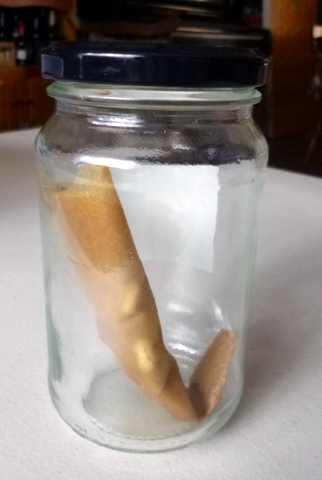Growing from seed is a great skill to have, it means you can get a jump on veggie growing by planting out seedlings without having to go to a nursery and shell out your hard earned cash on seedling punnets. But what happens when those seedlings don’t come up? Or they come up then keel over?
If you are having problems turning your seeds into seedlings, here are some problems you may be having without knowing it, and how to deal with them.
Seed Germination problems
Too wet or too dry? – Some seeds can be finicky about the amount of water they need and when you have seeds in a punnet keeping them damp but not flooded, and not letting them dry out too much can take some effort, especially if life gets busy. Fortunately the solution to this one is simple, make yourself a capillary bed from a cat litter tray, some coarse sand, a small pot and a bottle. The capillary bed is a container of coarse sand that is kept moist by an upturned bottle of water, allowing the water to move up into the seed punnets by capillary action. This keeps the seed raising mix damp but not sodden. Another benefit is that you don’t need to water your punnets from the top, taking a chance that small seeds can be washed out during the process and possibly contribute to damping off (see below). How you can make your own capillary beds is covered here (article) and here (YouTube).
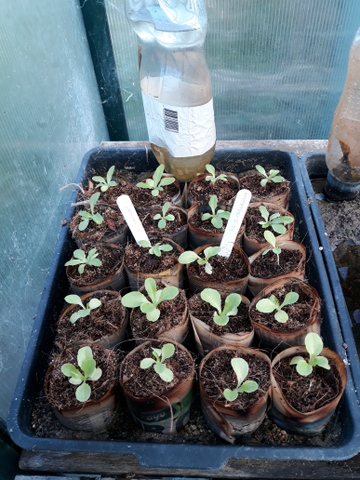
Capillary bed in use
Too cold or too hot? – Like moisture, seeds can be touchy about temperature too. Most veg will be OK to germinate between 25⁰C and 30⁰C although seed germinating conditions can vary outside this range, generally to the warmer side, a little research at the start can prevent frustration later! A greenhouse (even a small one) in a sunny spot will help keep temperatures up, but if that is not an option or you are starting crops indoors early in the season to get a jump on your growing, a heating pad can be worth investing in. There is more detail on using a heating mat here.
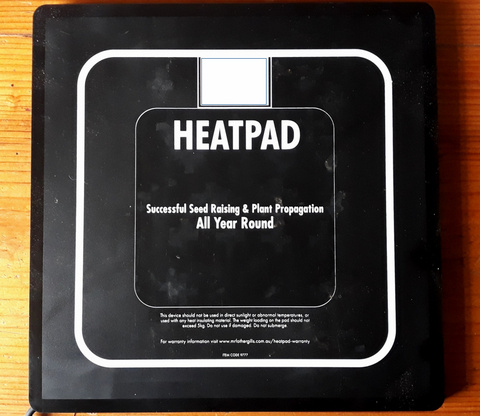
Too Deep – sowing your seeds too deeply, particularly for the smaller seeds like celery or carrot, can mean that the energy within the seed will expend itself before it can break through all that overhead cover. Fortunately there is a fairly simple equation to help you sow each seed at the correct depth – seeds should be sown two to three times their diameter deep into the seed raising mix or soil. Thus if your celery seed has a diameter of 1mm, it should be sown 2mm – 3mm deep. Simples!
Out of Date or Dud Seed – Seed has a definite shelf life, some like parsnip will only last a year, while cucumber seed may last ten years. So it is worthwhile when you are saving your own seed to write down when the seed was harvested for future reference. If you are buying your seed commercially, take a note of the ‘sow by’ date and use them up beforehand to prevent waste. Unfortunately, you can get a dud batch of seed from a commercial supplier, or maybe your seed has not been stored well and it is no longer viable. To eliminate this as a possibility for seedling no-show, you can do a germination test. This means wrapping the seed up in a moist, warm atmosphere and then seeing how many germinate. More detail on conducting a germination test is available here.
Seedling problems
Once your seeds are up and going you are almost there. Almost! There are a couple of things that can still derail your plans pretty effectively.
Leggy seedlings – This is the term used for seedlings that have grown long and spindly and is usually due to a lack of light where the seedlings are growing. This could happen if the seedlings were being germinating on a heat pad inside the house, but once they germinated they were not directly transferred to a sunny area, if they were germinated in a dark area or if they were sown so densely they shade each other. So, to avoid leggy seedlings ensure they have access to plenty of light. But, if you already have some seedlings that have gone leggy, you still have some options. If the problem is that the seedlings are too close together, break them up and transplant them further apart. Leggy seedings can also be transplanted deeper into the seed raising/potting mix although this will work better with some seedlings than others. It will work well with tomatoes, capsicum, cucumber and squash, but not so well with leaf crops or root crops. In the end you can just plant them out when they hit the stage of having three to four true leaves and see how they go.
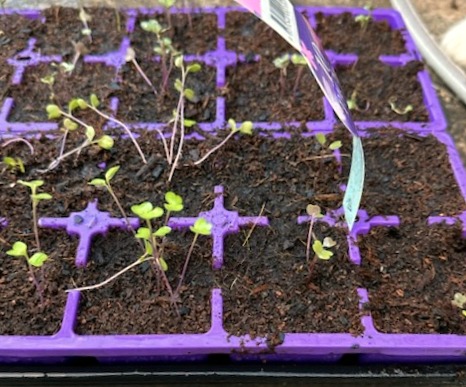
Damping off – So, your seedlings are of and growing well……….then all of a sudden, they fall over and DIE……….. Welcome to damping off! Damping off is caused by a fungus (usually Pythium species and Rhizoctonia solani but there may be others) that attacks the seedlings at or below the soil surface, resulting in the newly emerged seedlings collapsing. Damping off can become a problem where there is still, moist air that encourages fungal growth, also contributing can be old seeds being planted into cool, damp soil. To prevent damping off the following actions can be taken –

Drawing by Kevin Mechelmans
- Soak all seedling punnets, pots and trays in 10% bleach solution for 20 minutes between uses. Exposing them to direct sunlight will also help. This prevents a build-up of fungal disease on your germination equipment.
- When sowing seeds into the punnets, the surface of the seed raising mix should be level with the edge of the punnet to ensure good air drainage.
- If damping off is a real problem, seed raising mix can be sterilised by microwaving at full power for 90 seconds per kilo of seed raising mix.
- Sow seeds thinly to prevent overcrowding, improving ventilation and reducing damp conditions.
- Watering from below rather than above (see ‘too wet, too dry’ above) using a capillary bed will prevent water getting on the seedlings.
- Don't let your cat use your seed raising mix as a toilet (don't ask!)
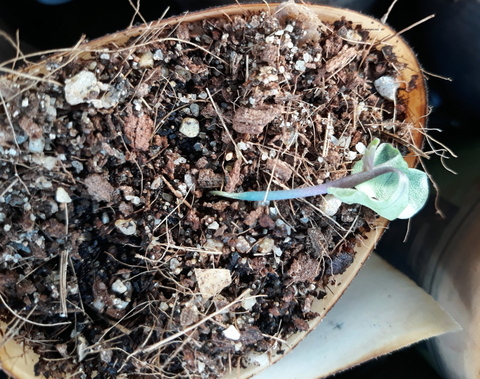
Direct Sowing – Some seeds (large seeds, root crops) can do better if sown directly into the soil where they are to be grown. When this is the case it is best to research what the optimum soil temperature for the seed to be sown is and then confirm the soil has reached that temperature with a soil thermometer. Also, the use of a soil moisture meter to ensure the soil is not waterlogged prior to sowing the seed. These actions together will go a long way to preventing damping off in direct sown seed.
Conclusions
From my experience, growing your own plants from seed will be successful 95% of the time and problems are rare, but if you do have issues with failures to grow your own seedlings, it can be intensely frustrating. It is therefore handy to use the above process to work through what the problem is and how to fix it.
Want to learn more about growing your veggies from seed? check out our 'Growing From Seed' playlist on YouTube.



